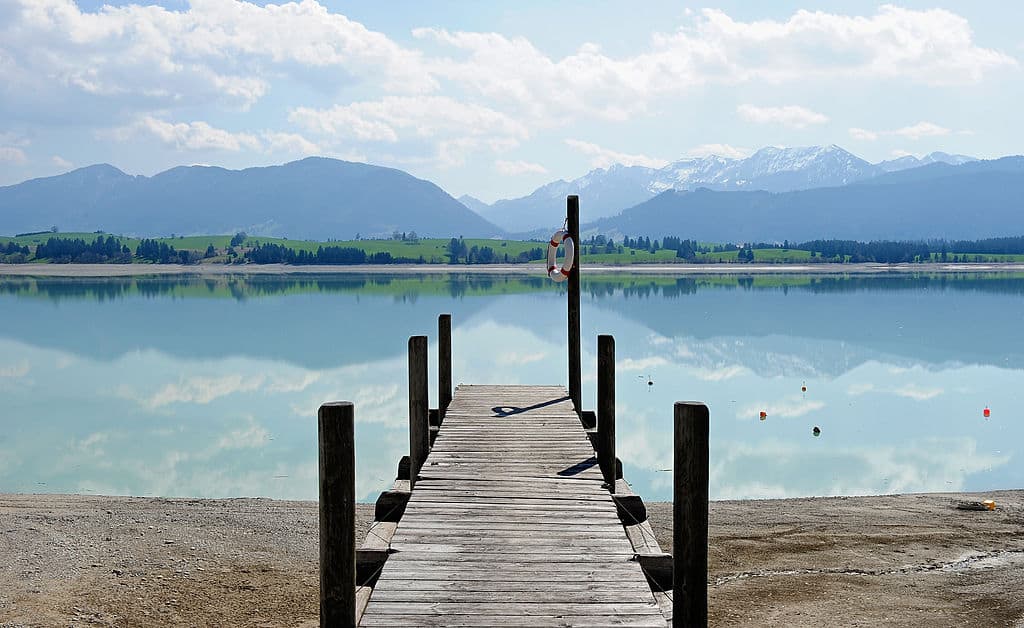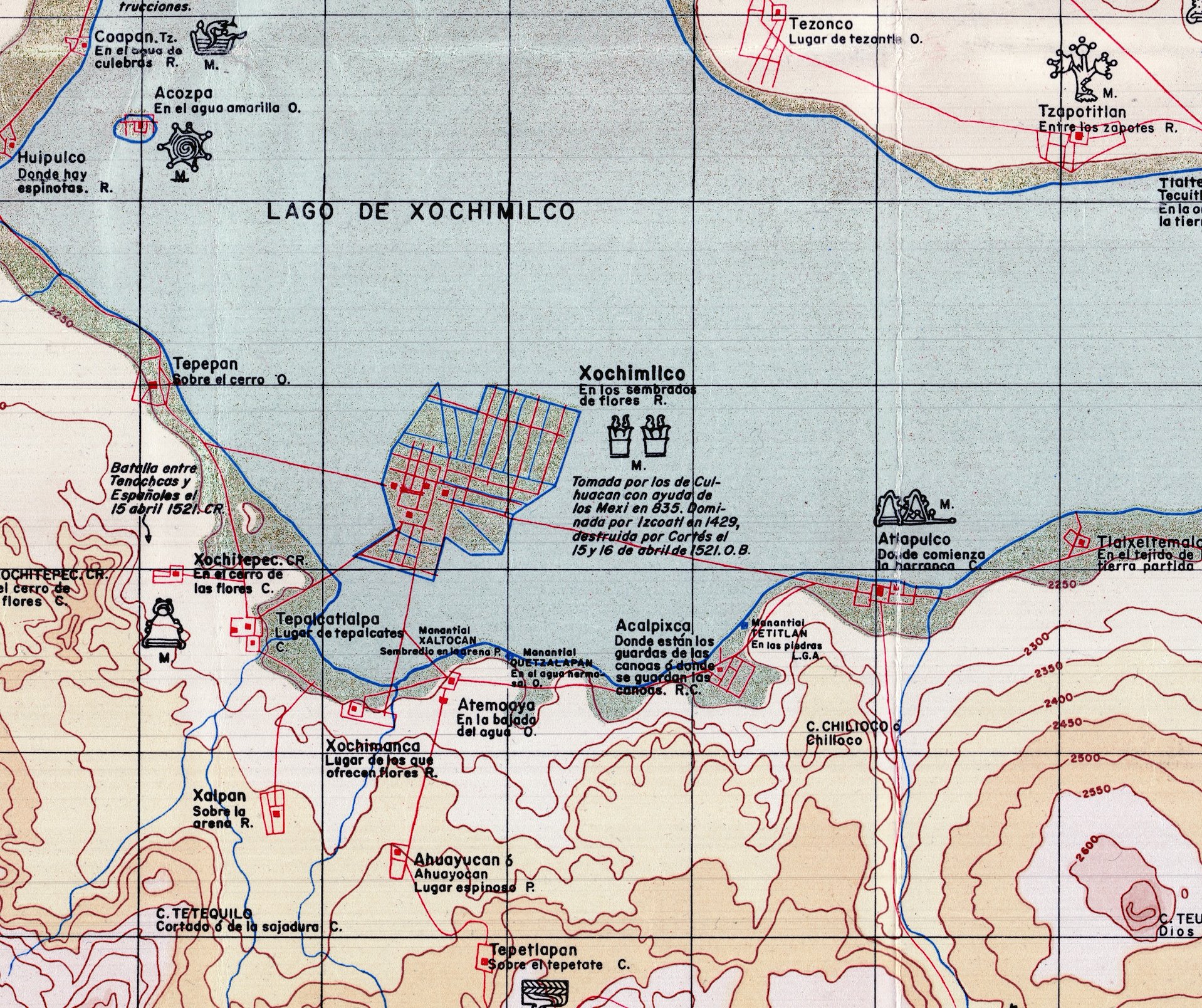

One canonical type is the critical canon, which may be further subdivided into historical, national, and cultural canons, often presented as if they were universal, as in Harold Bloom's The Western Canon. Smith anatomizes the "diverse forms of evaluation" of literature performed by those who publish, "purchase, preserve, display, quote, cite, translate, perform," imitate, and judge a given work-or, I would add, a genre. In Contingencies of Value, Barbara Herrnstein Smith explains canon formation as an orderly process influenced by and embedded in a broad context of various cultural norms (see also Wendell Harris, "Canonicity"). I will then analyze the way in which the 20th century essay canon has evolved, and identify the possible changes that may occur in the 21st century as individual teachers compile their own anthologies from print-on-demand lists of essays.Ī canon may be seen as a map of the territory it encompasses. Using contemporary canon theory and an extensive analysis of textbooks, this paper will explain how the essay, a belletristic genre in the 18th and 19th centuries, became critically undermined in the 20th century as a consequence of pedagogy that emphasized its utilitarian rather than aesthetic and intellectual functions.

Thus the essay canon, enduring essays by 175 authors, is the only literary canon that is determined by teachers' choice and classroom use. Indeed, composition textbook anthologies (Readers), purveyors of the academy's humanistic and ideological values, are the only places where essays are widely reprinted. Essays live-and die-in freshman English, read annually by some 2.2 million American students.


 0 kommentar(er)
0 kommentar(er)
